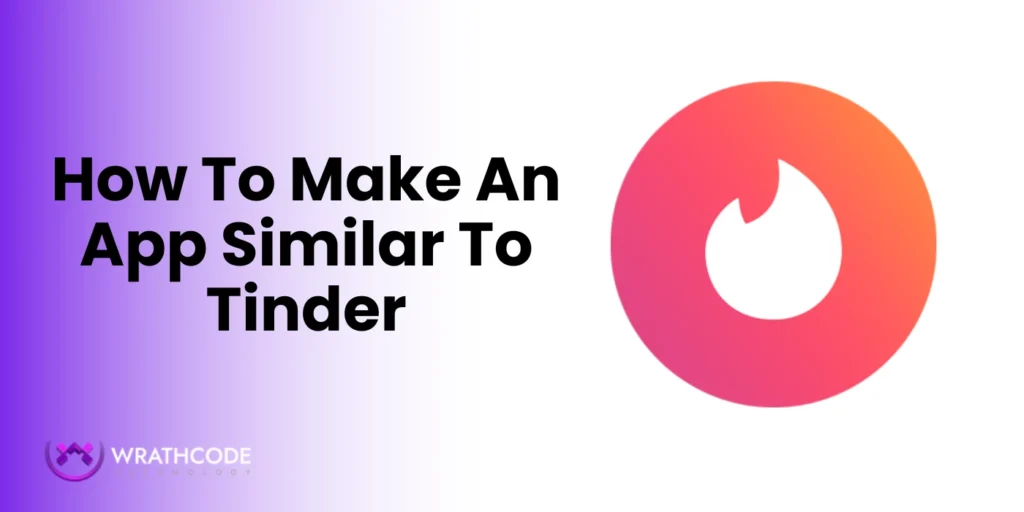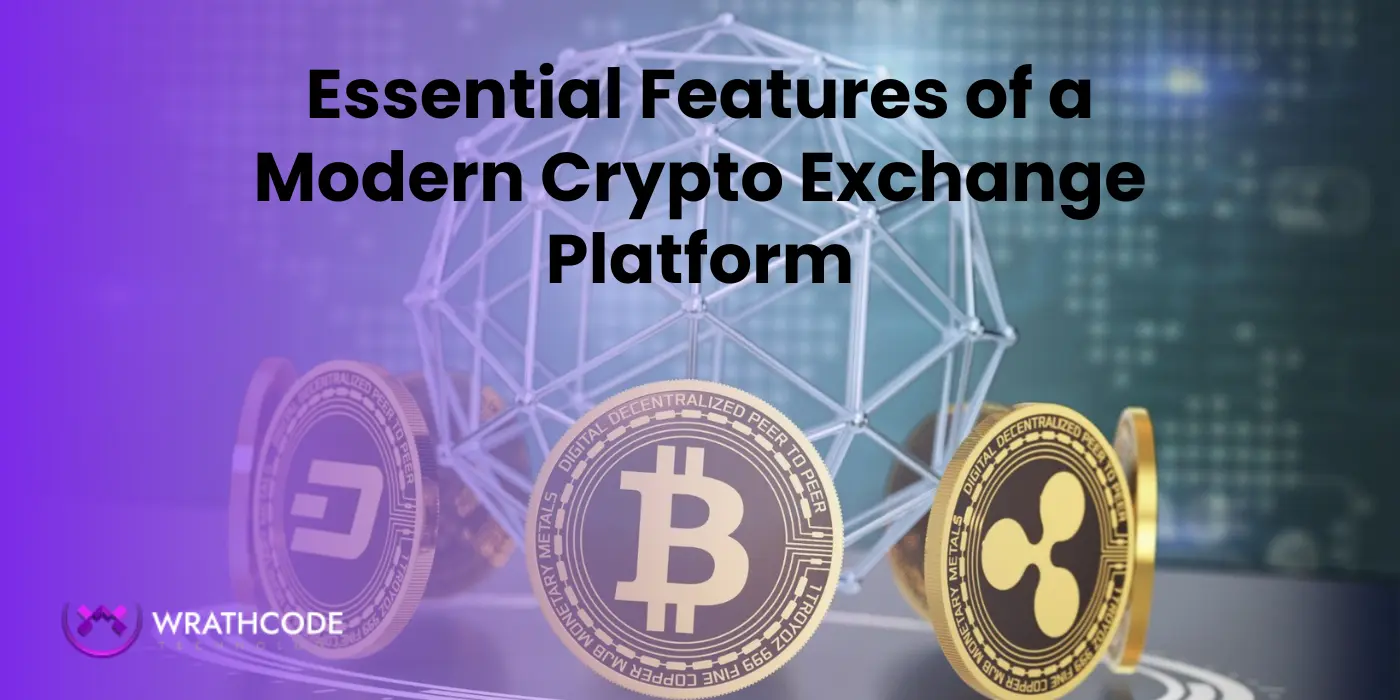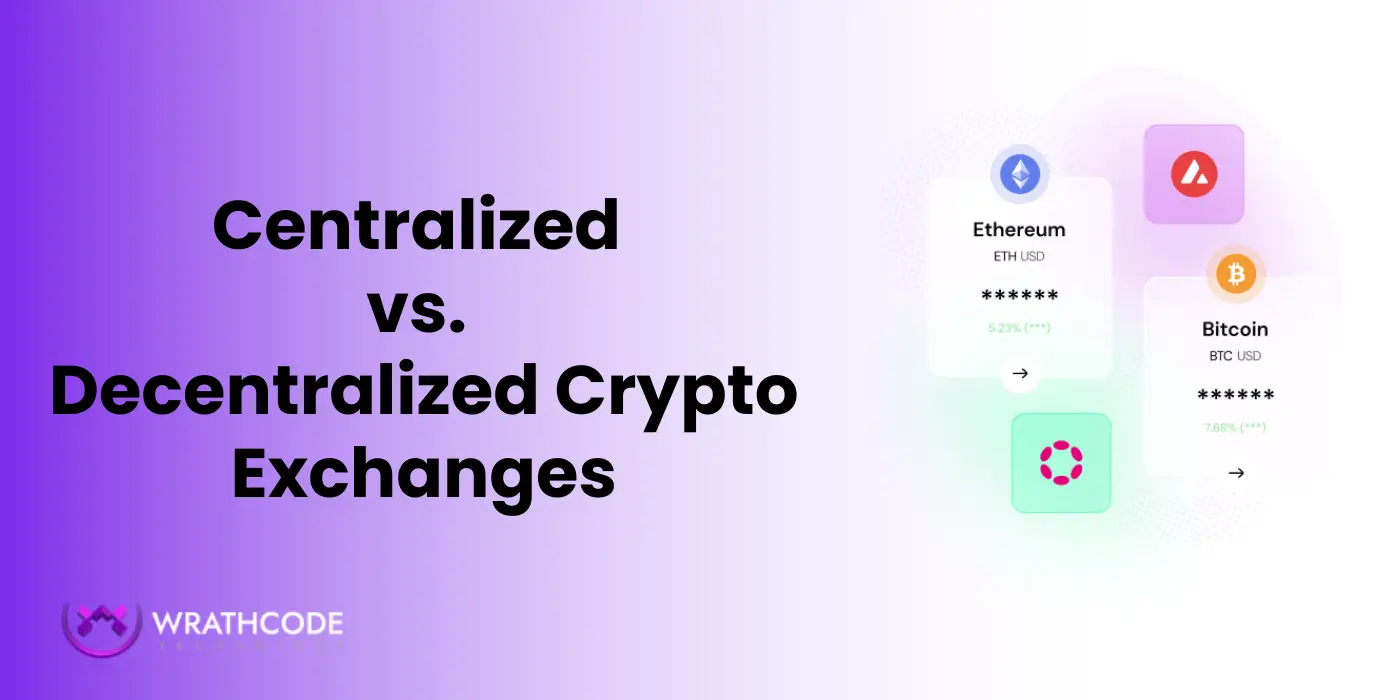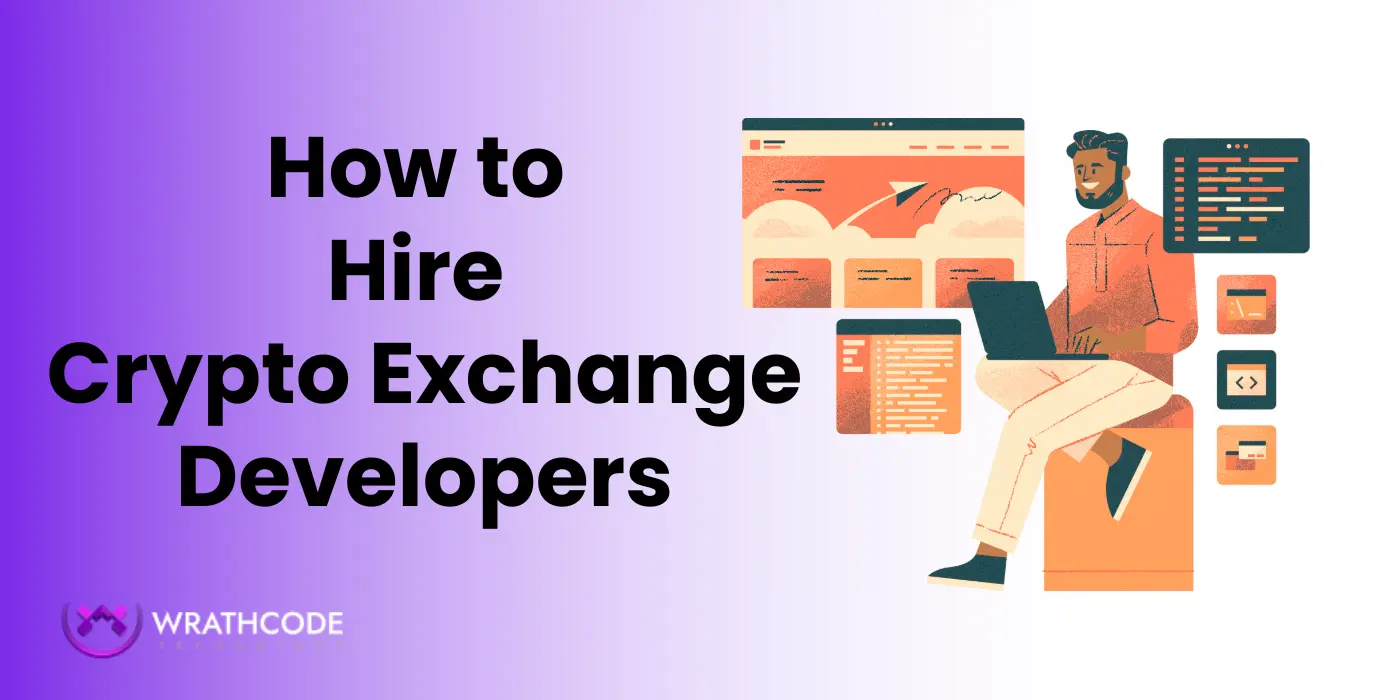
Dating apps have changed the way people meet. Tinder is one of the most popular platforms worldwide. Millions of users swipe daily, looking for matches. This popularity shows the huge potential for new apps.
Creating an app like Tinder is not just about copying features. You need to plan the user experience, matchmaking algorithm, and monetization model. Entrepreneurs and developers can benefit from understanding these steps.
In this guide, we will cover everything. From core features to app design, development, and launch strategies. By the end, you’ll know how to start your own Tinder-like app successfully.
Understanding Tinder’s Core Features
Before building your app, you must understand what makes Tinder popular. Core features define its success and user engagement.
Swipe Functionality – The swipe left or right feature is central. It lets users quickly like or pass on profiles. This simple interaction keeps users engaged.
Matchmaking Algorithm – Tinder uses algorithms to suggest potential matches. Age, location, interests, and activity patterns influence results. A smart algorithm improves user satisfaction.
Chat and Messaging – Once users match, they can chat. Real-time messaging makes connections easier and keeps users coming back.
Profile Creation and Verification – Profiles include photos, bios, and preferences. Verification features increase trust and security.
Push Notifications – Notifications alert users about new matches, messages, or app updates. They drive engagement and retention.
By understanding these features, you can decide which to include first in your app. Prioritizing features helps with development and user testing.
How to Plan Your Tinder Like App
Planning is the foundation of a successful app. Skipping this step can lead to wasted time and resources.
Market Research and Competitor Analysis – Study existing dating apps. Identify what works and what doesn’t. Look for gaps in the market. This helps you offer something different.
Identify Your Target Audience – Who will use your app? Define age, interests, location, and behavior. Knowing your audience guides design and features.
Choosing the Platform – Decide if your app will be for iOS, Android, or both. Cross-platform development can save time and cost.
Feature Prioritization – Start with essential features first, like swiping and messaging. Extra features can come later. This approach speeds up launch and testing.
Designing UX/UI for a Dating App
User experience and design determine how long users stay in your app. Simple, intuitive design is key.
Simple and Intuitive Interface – Keep navigation easy. Users should understand the app within minutes. Avoid cluttered screens and unnecessary buttons.
Attractive Profile Layouts – Profiles must be visually appealing. Use clear photos, concise bios, and organized information.
Swipe Gestures and Animation – Smooth swipe animations make the app engaging. Quick feedback for user actions improves satisfaction.
Color Schemes and Branding – Choose colors that reflect your brand and appeal to your audience. Consistency builds recognition.
A good UX/UI design keeps users active and reduces churn. Early testing with real users can identify improvements.
Developing the Matchmaking Algorithm
The matchmaking algorithm decides how users connect. A strong algorithm keeps users engaged and coming back.
User Preferences – Collect information like age, location, and interests. Use these to suggest compatible matches.
Geolocation-Based Matching – Show users potential matches nearby. Location-based results make interactions more relevant.
Activity-Based Suggestions – Consider users’ activity patterns. Active users get prioritized matches to increase engagement.
AI and Machine Learning Integration – Advanced apps use AI to improve match accuracy over time. Machine learning can analyze preferences and behavior for smarter suggestions.
A well-designed algorithm sets your app apart. Test it continuously to improve match quality.
Backend and Technology Stack
The backend is the engine of your app. It handles data, users, and interactions securely and efficiently.
Database and Server Setup – Use a reliable database to store user profiles, messages, and matches. Cloud-based servers like AWS or Firebase help with scalability.
Programming Languages – For iOS, use Swift. For Android, use Kotlin. Cross-platform apps can use React Native or Flutter to save time and cost.
Cloud Services for Scalability – Cloud solutions allow your app to grow as users increase. They manage storage, servers, and backups efficiently.
Security and Data Protection – Protect user data with encryption and secure authentication. GDPR and other privacy regulations must be followed.
Choosing the right technology stack ensures smooth app performance and user trust.
Monetization Strategies
Making an app like Tinder profitable requires smart monetization. There are multiple ways to generate revenue.
Freemium Model – Offer the basic app for free. Users can pay for extra features like unlimited swipes or profile boosts.
In-App Purchases – Sell virtual items or premium features. This encourages engagement and additional spending.
Ads Integration – Display ads for non-paying users. Use targeted ads to avoid disrupting user experience.
Subscription Plans – Offer monthly or yearly subscriptions for premium features. Subscriptions provide stable, recurring income.
Choosing the right monetization strategy balances user satisfaction and revenue generation.
Testing and Launching the App
Testing ensures your app works smoothly and meets user expectations. A proper launch increases your app’s success.
Alpha and Beta Testing – Test the app internally (alpha) and with a small group of users (beta). Identify bugs, crashes, or performance issues.
Gathering User Feedback – Collect feedback on features, design, and usability. Adjust the app based on real user input.
App Store Submission Tips – Prepare app store descriptions, screenshots, and keywords. Follow Apple’s and Google’s submission guidelines to avoid rejection.
Regular testing and feedback loops improve reliability and user satisfaction.
Marketing Your Dating App
Marketing is essential to attract users and grow your app. Even the best app fails without promotion.
Social Media Promotion – Promote your app on platforms like Instagram, Facebook, and TikTok. Target audiences likely to use dating apps.
Influencer Partnerships – Collaborate with influencers to reach wider audiences. Their endorsement builds trust quickly.
Referral Programs – Encourage users to invite friends. Offer rewards for successful referrals to boost downloads.
SEO and App Store Optimization (ASO) – Optimize app title, description, and keywords for better visibility in app stores. Good ASO improves downloads organically.
A strong marketing strategy increases user adoption and app retention.
Cost and Timeline Estimation
Understanding cost and timeline helps plan resources effectively. Development can vary widely depending on features.
Cost Breakdown
- Design: UX/UI and branding.
- Development: Frontend, backend, and testing.
- Marketing: Promotions and launch campaigns.
- Maintenance: Updates and server costs.
Average Development Timeline – Basic apps can take 3–6 months. Complex apps with AI algorithms or premium features may take 9–12 months.
Factors Affecting Cost – Number of features, platform choice, development team location, and app complexity influence the final cost.
Proper planning of cost and time ensures smooth project execution and avoids delays.
Conclusion
Creating an app like Tinder requires careful planning, design, and development. From understanding core features to building the matchmaking algorithm, every step matters.
Focus on user experience, smooth functionality, and smart monetization strategies. Testing, feedback, and marketing are equally important for success.
If you want professional support, Wrathcode Dating App Development Service can help. Our team builds secure, scalable, and user friendly dating apps tailored to your vision. Partnering with experts reduces development time and ensures a high-quality app.
Start planning today and turn your dating app idea into a successful platform.
Related blog – How To Convert My Dating App Idea Into A Mobile App




Leave a Reply